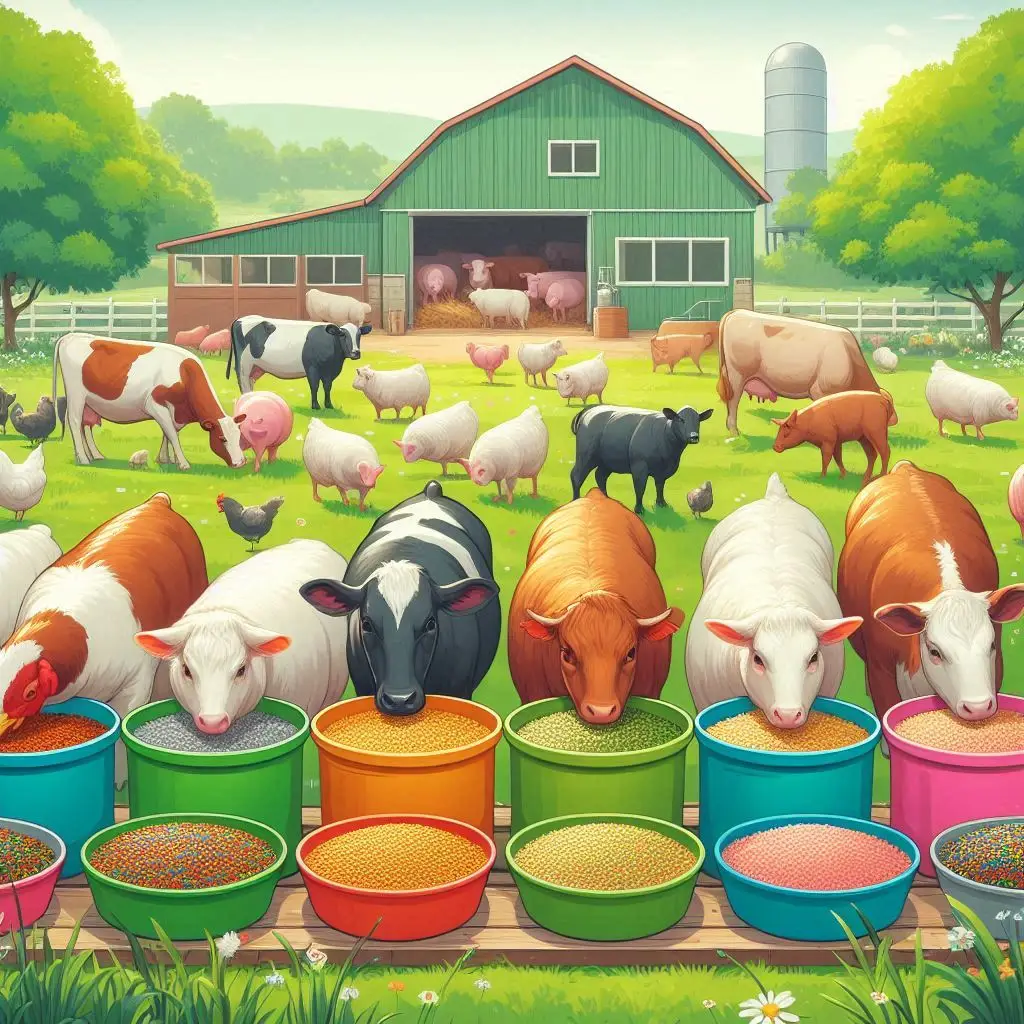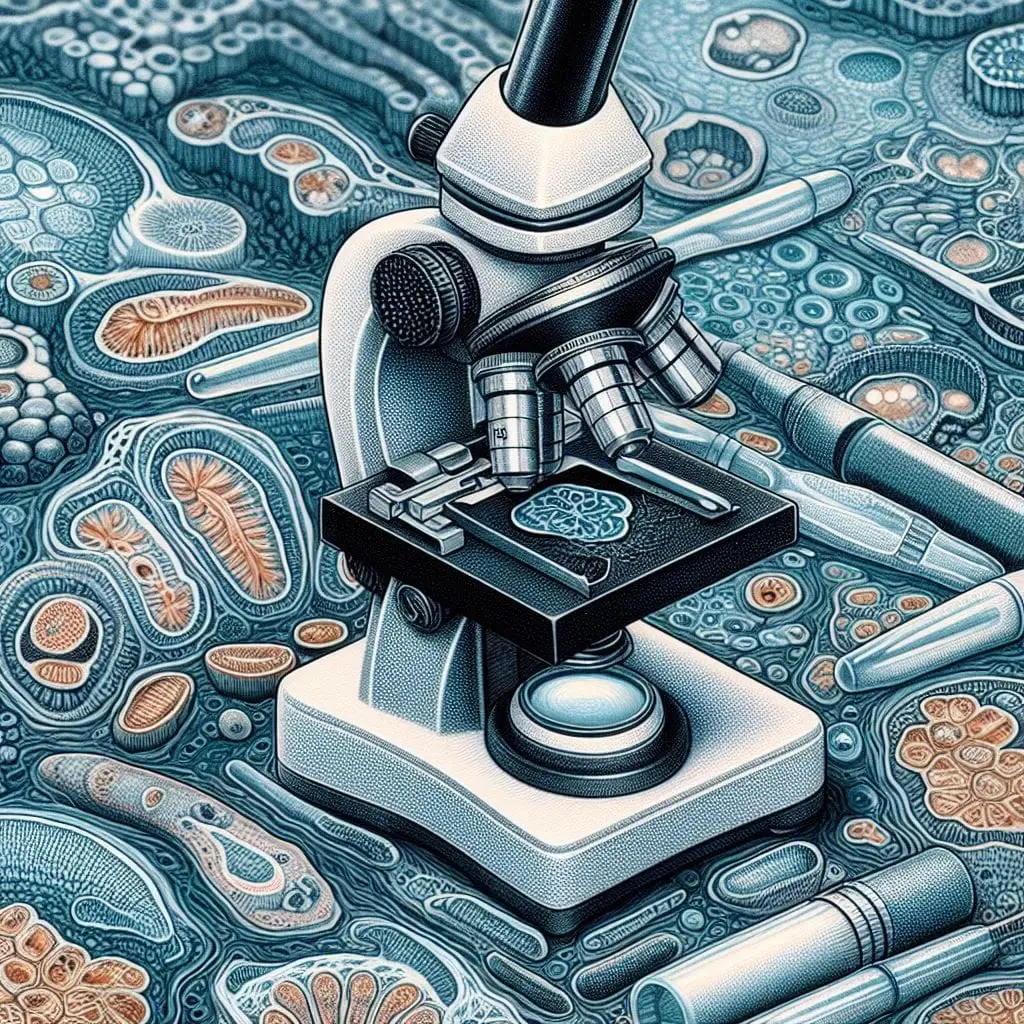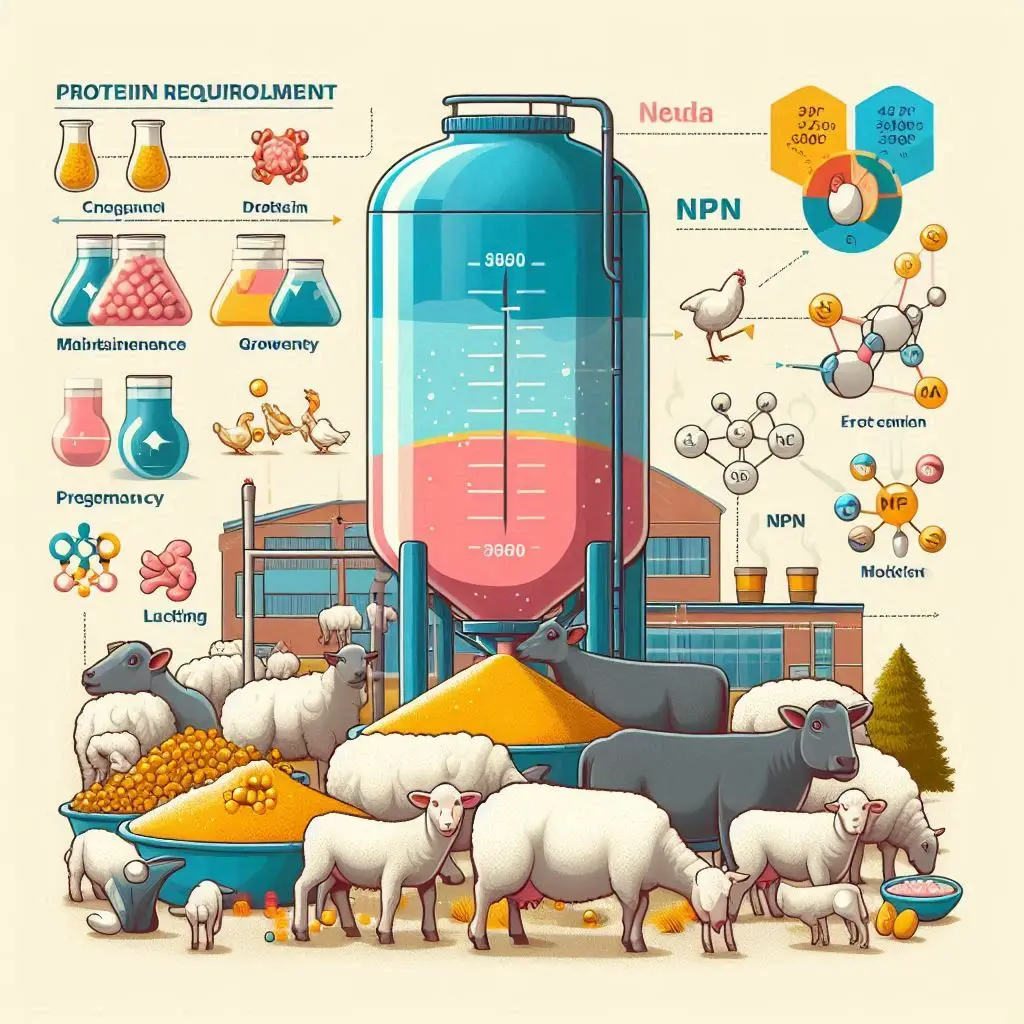Feed Additives in Animal Nutrition

Feed additives play a crucial role in modern animal husbandry, improving the nutritional quality of animal feed, enhancing animal health, and optimizing feed efficiency. This article explores various types of feed additives, their mechanisms of action, benefits, and challenges, focusing on their importance in sustainable animal production.
What Are Feed Additives?
Feed additives are substances added to animal feed in small quantities to achieve specific effects. They can enhance the nutritional quality of feed, improve animal health, or influence the properties of the feed itself. The main categories of feed additives include:
- Nutritional Additives: Provide essential nutrients.
- Technological Additives: Improve feed preservation and quality.
- Sensory Additives: Enhance the palatability of feed.
- Zootechnical Additives: Improve overall animal performance.
Types of Feed Additives
- Methane Inhibitors
- Purpose: Reduce methane emissions from ruminants during digestion.
- Types:
- Chemical Inhibitors: Compounds like 3-NOP and nitrate.
- Biological Inhibitors: Microorganisms that reduce methane production.
- Benefits: Environmental sustainability, improved feed efficiency, and enhanced animal performance.
- Probiotics
- Purpose: Introduce beneficial microorganisms to improve gut health.
- Types:
- Lactic Acid Bacteria: Lactobacillus and Bifidobacterium.
- Yeasts: Saccharomyces cerevisiae.
- Benefits: Enhanced nutrient absorption, improved immune response, and balanced gut microbiota.
- Prebiotics
- Purpose: Serve as food for beneficial gut bacteria.
- Examples: Inulin, oligofructose, and resistant starch.
- Benefits: Stimulate growth of beneficial bacteria, enhance gut health, and improve nutrient absorption.
- Enzymes
- Purpose: Catalyze biochemical reactions to improve nutrient digestibility.
- Types:
- Phytase: Breaks down phytic acid for phosphorus absorption.
- Protease: Improves protein digestibility.
- Benefits: Increased feed efficiency and nutrient utilization.
- Antibiotics
- Purpose: Promote growth and prevent disease in livestock.
- Types: Tetracyclines, Ionophores, and penicillins.
- Benefits: Enhanced growth rates, disease prevention, and improved feed efficiency.
- Hormones
- Purpose: Promote growth and improve feed efficiency.
- Types: Growth hormones like somatotropin and sex steroids.
- Benefits: Increased growth rates and reduced fat deposition.
- Oligosaccharides
- Purpose: Act as prebiotics to support gut health.
- Types: Fructo-oligosaccharides (FOS) and galacto-oligosaccharides (GOS).
- Benefits: Improved gut health and enhanced nutrient absorption.
- Antioxidants
- Purpose: Prevent oxidative rancidity in feeds.
- Types: Synthetic (e.g., ethoxyquin) and natural (e.g., vitamin E).
- Benefits: Protect feed quality and support immune function.
- Flavoring Agents
- Purpose: Enhance feed palatability.
- Examples: Organic acids and essential oils.
- Benefits: Improved feed intake and overall animal performance.
- Emulsifiers
- Purpose: Improve fat digestion and feed palatability.
- Types: Lecithins and mono- and diglycerides.
- Benefits: Enhanced fat utilization and stable feed formulations.
- Mould Inhibitors
- Purpose: Prevent mold growth in feeds.
- Types: Chemical inhibitors like propionic acid and natural antifungals.
- Benefits: Improved feed quality and extended shelf life.
- Buffers
- Purpose: Stabilize pH levels in the digestive system.
- Types: Inorganic (e.g., sodium bicarbonate) and organic buffers.
- Benefits: Improved digestibility and prevention of acidosis.
Conclusion
Feed additives are essential in modern animal nutrition, offering numerous benefits that enhance animal health, improve feed efficiency, and contribute to sustainable livestock production. Understanding the types and functions of these additives is crucial for optimizing animal husbandry practices.





Responses